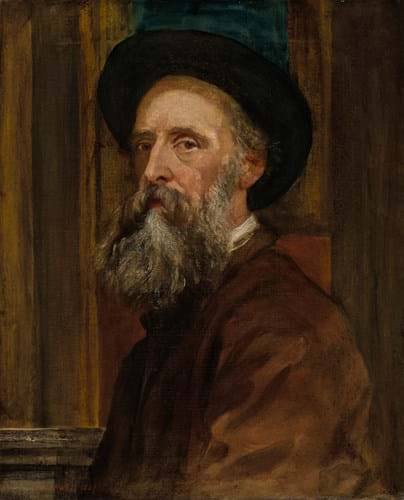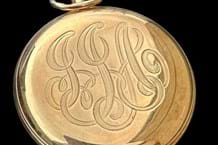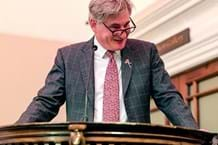
GF Watts, self-portrait 1867, acquired for the Watts Gallery via the Acceptance in Lieu scheme, to settle £92,978 of tax. Image: ©Christie’s.
The picture was acquired via the Acceptance in Lieu scheme, run by Arts Council England, and settled £92,978 of tax. It came from the collection of Ivor Kerrison Preston, advised by Christie’s Heritage and Taxation Advisory Service.
Painted in 1867, the gallery described the picture as among the “most important in Watts’ career”. The painter and sculptor, associated with the Symbolist movement, was the first living artist to be given a solo exhibition at the Metropolitan Museum of Art in New York and artworks donated by him were a “significant contribution to the founding collections of Tate Britain and the National Portrait Gallery”.
Watts Gallery's collection
The Watts Gallery has other self-portraits including the artist’s first, aged 17 from 1834, and his final self-portrait from 1904.
This self-portrait from 1867 was painted in the year the artist was elected both an associate of the Royal Academy and a full academician. It shows Watts aged 50 and it is the first self-portrait from this period to join the museum’s collection.
Originally acquired from the artist by Charles Hilditch Rickards (1812-86), the Manchester merchant, philanthropist and collector who was influential in the development of the artist’s career, the painting was subsequently owned by Thomas Henry Ismay (1817-99), founder of the famous White Star Line, and Kerrison Preston (1884-1974), whose collection of 19th century art also included Choosing (1864) – Watts’ much-admired portrait of his first wife, Ellen Terry.
Alistair Burtenshaw, Brice director and chief executive at Watts Gallery Trust, said: “Its arrival is a wonderful way to launch our 120th anniversary year.”
Watts Gallery - Artist’s Village was first established in 1904 to “enable future generations to connect with the art and ideas of George Frederic Watts and his artist-wife, Mary Seton Watts (1848-1939)” and its vision to “make art accessible to everyone” continues today.





